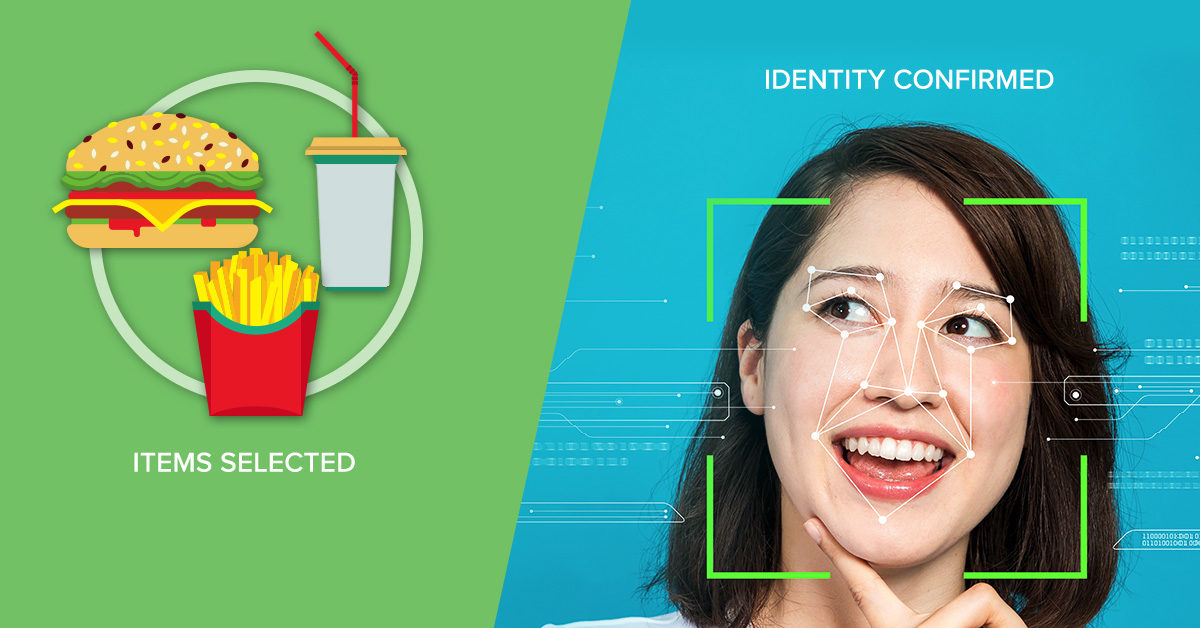In Shenzhen, China, the subway operator is testing a facial recognition ticketing system, supported by 5G network. At the Futian station, people can scan their faces on a tablet-sized screen on the metro entrance gate and the fare would automatically be deducted from their linked accounts (South China Morning Post, 2019).

The system allows people to pay by face when keeping other old methods such as scanning code or using transportation card at the same time. According to South China Morning Post (2019), Shenzhen’s subway handles up to 5 million rides per day. It is expected that people can pass the metro gate without even feeling it. This fast payment can effectively improve metro’s efficiency. Besides, this system could also be used to track criminals.
In 2017, Alipay has already set up a facial payment system (Smile to Pay) for a KFC in Hangzhou, China. And the company behind this technology, Ant Financial, said that customers need to enter their phone numbers against fraud (The Verge, 2019). They tested the system by changing make-up and hairstyle. The system can identify correctly in all these situations. This is like a portent indicating that establishing facial payment for metro at a larger scale won’t be that far.

From bringing cash to bringing card, our wallets become smaller and smaller. If face payment is possible, we technically don’t need to bring anything. Regarding facial payment, 2 oligarchic companies, WeChat and Alipay are competing against each other. They are giving huge amounts of allowances to the merchants for equipping with facial payment machines.
But now there are still some uncertainties. For example, the device recognizes face from far away, and this may lead to unintentional payment. And for accuracy, there is also room for improvement.
However, I think facial payment uses biological liveness detection, which can block photo and video fraud. It’s much more difficult to duplicate than pirating a credit card. And it saves time and improves customers’ experience. So, I think this more efficient and safer payment is the future trend. What do you think of the facial payment? Are you in favor of it? Will it replace card and QR code payment?
References
South China Morning Post. (2019). You will soon be able to pay your subway fare with your face in China. [online] Available at: https://www.scmp.com/tech/innovation/article/3001306/you-can-soon-pay-your-subway-ride-scanning-your-face-china [Accessed 12 Sep. 2019].
The Verge. (2019). KFC in China tests letting people pay by smiling. [online] Available at: https://www.theverge.com/2017/9/4/16251304/kfc-china-alipay-ant-financial-smile-to-pay [Accessed 12 Sep. 2019].


Hi Qing Xu,
Very interesting insight! I personally didn’t know that it is already in use in China. In my opinion, facial payment is still quite far from European society in particular counties such as Germany or Austria, where they prefer to pay in cash and have more interaction with people while making their payment. I treat it as sceptical and assume that our society would need some more time in order to accept such a huge change. I would also prefer to use other methods of payment than the facial one. Even though it seems to be a secured method of payment, some mistakes as recognizing face from distance and making unintential payments as you mentioned, are still possible, therefore some more improvements needs to be done before people would consider using it.
Lastly, I believe that it can only work and only necessary in overcrowded countries or cities, such as China and Hong Kong, where there are millions of people passing through metro on a daily basis, and that indeed could save a a lot of time for them, especially during pick hours.
Hi Qing Xu,
I think this is a really interesting topic! Thanks for sharing. I do believe that facial recognition for payment will experience huge growth over the next years, especially in China. As more firms begin capitalize on the facial recognition enabling technologies, the use-cases for facial recognition payments will expand to various industries.
Of course significant security and privacy issues remain, as you don’t only share your credit card details anymore, but also your gender for example. Furthermore, with advances in emotion recognition technology, businesses could target advertising to your emotional state, which I personally view as a form of exploitation.
On a side note, I read an interesting article that Alipay actually aded beauty filters in July. The reason being, amongst others, that people felt disconnected from their true, untouched image, which reduced their willingness to pay.
Hi Qing Xu,
Great read! I do agree with the efficiency arguments related to facial recognition technologies, but as consumers, I think we should also be concerned about our personal privacy. By linking image and personal data to a previously anonymous transport chip cards, the public transport companies also have the chance to analyse individual commuting behaviours, which can be shared with authorities or monetized by selling it to third parties. This is why I believe it is crucial to maintain alternatives, and companies deploying facial recognition technologies should be obliged to provide a clear path to opt-out. Funke (2019) criticizes that consumers are incentivized to provide biometric data and currently face hardship when searching for ways to opt-out. Moreover, biometric information is sensitive data and you have no chance to alter your iris and fingerprint the way you can change your password. In the event of a hacking attack targeting data centres, biometric data can be abused to commit identity fraud at an entirely different level of severity as we have experienced it up until today. And the consequences might be irreversible.
Funke, A. (2019) I Opted Out of Facial Recognition at the Airport—It Wasn’t Easy. Wired. Retrived from: https://www.wired.com/story/opt-out-of-facial-recognition-at-the-airport/?utm_brand=wired&mbid=social_fb&utm_social-type=owned&utm_source=facebook&utm_campaign=wired&utm_medium=social&fbclid=IwAR3i5z4lsq54idl8lOmI1pSAr7Dn5wrM6OCH5hf-Lee02CMB9T42Ay-_88k